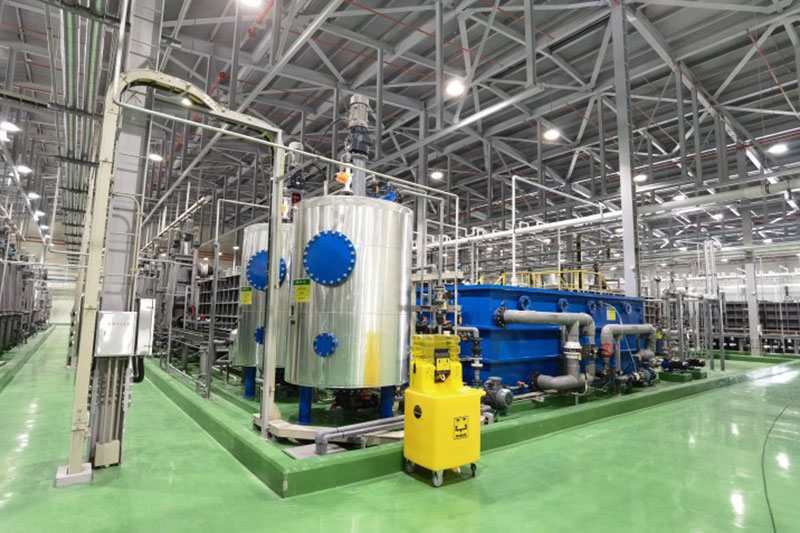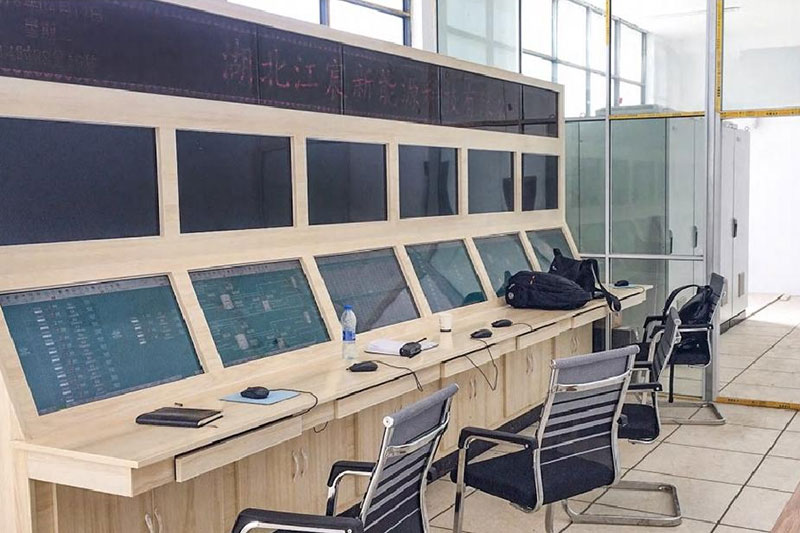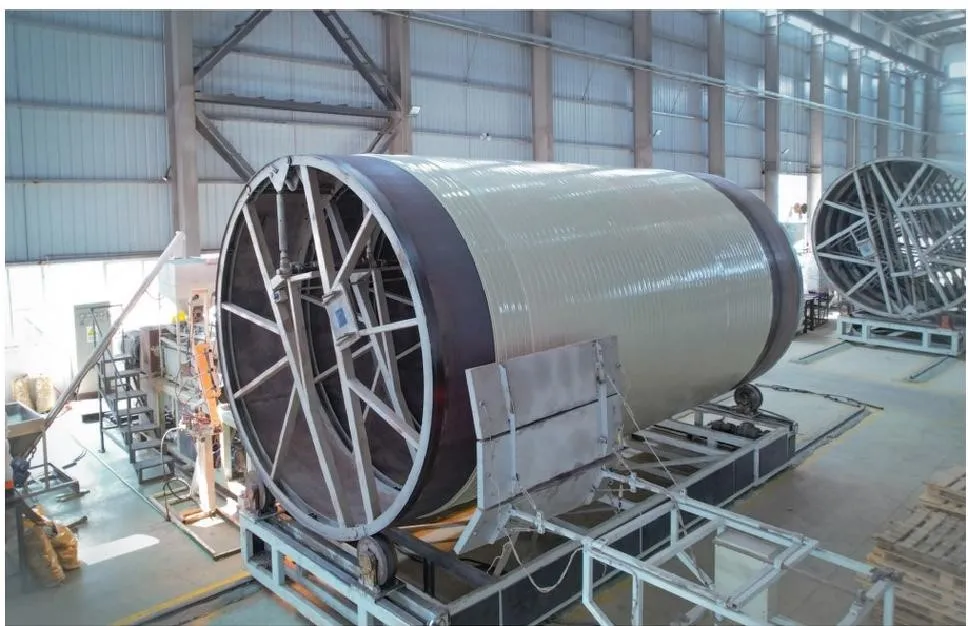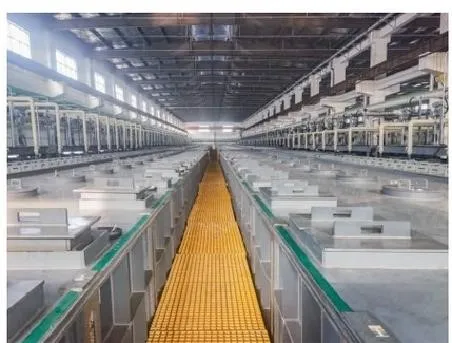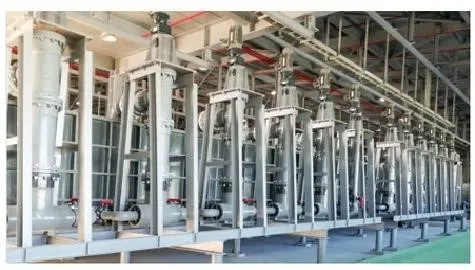Recycling waste lithium batteries is an essential step toward sustainable resource recovery. Through advanced dismantling, leaching, and extraction technologies, valuable metals such as nickel, cobalt, manganese, and lithium can be efficiently separated and reused, significantly reducing environmental pollution and raw material costs.
Índice
1. Dismantling and Roasting Stage
The recycling process begins with battery dismantling, crushing, and roasting. Spent lithium batteries are disassembled and broken down to produce black powder, copper powder, and aluminum powder.
-
Black powder enters the next hydrometallurgical stage.
-
Copper and aluminum are recovered as reusable metal resources.
-
The organic gases generated during roasting are burned at high temperatures and treated through an environmental protection system to meet emission standards.
This stage ensures the safe treatment of hazardous substances while maximizing material recovery.
2. Leaching Stage
The leaching process uses sulfuric acid to dissolve valuable metals from black powder, achieving complete leaching of nickel, cobalt, manganese, and lithium.
After leaching:
-
Copper removal is achieved by adding auxiliary agents.
-
The solution undergoes oxidation and pH adjustment to remove iron and aluminum impurities.
-
The purified solution is then transferred to the extraction section for further separation.
Main Leaching Steps
-
Acid dissolution
-
Copper removal
-
Iron and aluminum removal
-
Solution purification
This multi-step treatment ensures a clean and stable feed solution for subsequent metal extraction.
3. Extraction Process
The extraction section is divided into impurity removal, cobalt extraction, nickel extraction, and manganese extraction lines.
Using extractants such as DE2HPA, PC88A, and C272 (290), the process leverages differences in metal ion extraction efficiency under different pH conditions to achieve deep separation and purification.
Main Extraction Steps
-
Impurity removal
-
Cobalt extraction
-
Nickel extraction
-
Manganese extraction
This enables the production of battery-grade nickel sulfate, cobalt sulfate, and manganese sulfate solutions with high purity and consistency.
4. Key Technical Features
(1) High Resource Utilization
The process integrates medium leaching and acid leaching, achieving a balance between cost control and material quality. Step-by-step purification allows efficient separation of carbon, copper, and iron-aluminum residues, ensuring resource recycling at every stage.
(2) High Production Efficiency
Continuous leaching technology minimizes intermediate control steps, resulting in more stable product quality and reduced process complexity.
(3) Excellent Product Quality
Through optimized extraction design, precise stage selection, and reflux control, the system produces high-purity battery-grade metal sulfate solutions that meet international quality standards.
(4) High Metal Recovery Rate
-
Nickel and cobalt recovery: >99%
-
Manganese and lithium recovery: >95%
These impressive figures demonstrate the system’s technical superiority and cost-saving potential.
(5) Safe and Eco-Friendly Operation
All leaching reactors are equipped with exhaust ducts and sealed stirring devices.
-
Feeding systems use enclosed pipelines.
-
Extraction tanks adopt water or mechanical seals.
-
Clarifiers use sealed welds and static water covers.
-
Each tank has its own venting system, and the workshop includes a waste gas absorption system to ensure clean and safe working conditions.
(6) Product System Advantages
The saponification system uses static mixers and plate heat exchangers, providing efficient temperature control and convenient operation.
Clarification tanks use multi-ring grids for enhanced strength and laminar flow modules for superior separation.
Nickel, cobalt, and manganese sulfate solutions employ air flotation and resin de-oiling technology, keeping oil levels below 1 ppm without producing large quantities of solid waste, thus lowering maintenance and operational costs.
(7) Modular Design
With an experienced engineering team and a fully equipped fabrication workshop, the company can pre-fabricate extraction tanks and components according to precise specifications, reducing on-site installation time and ensuring consistent quality.
(8) Electrical Automation
The system supports one-click start/stop, intelligent interlocking control, and automatic alarms or shutdowns during abnormal conditions.
This automation minimizes quality fluctuations, prevents leaks, and reduces labor intensity, achieving a streamlined and reliable production process.
5. Summary
Through a modular, automated, and eco-friendly design, this lithium battery recycling process achieves high recovery rates, stable product quality, and efficient resource utilization, supporting the circular economy of the new-energy industry.
